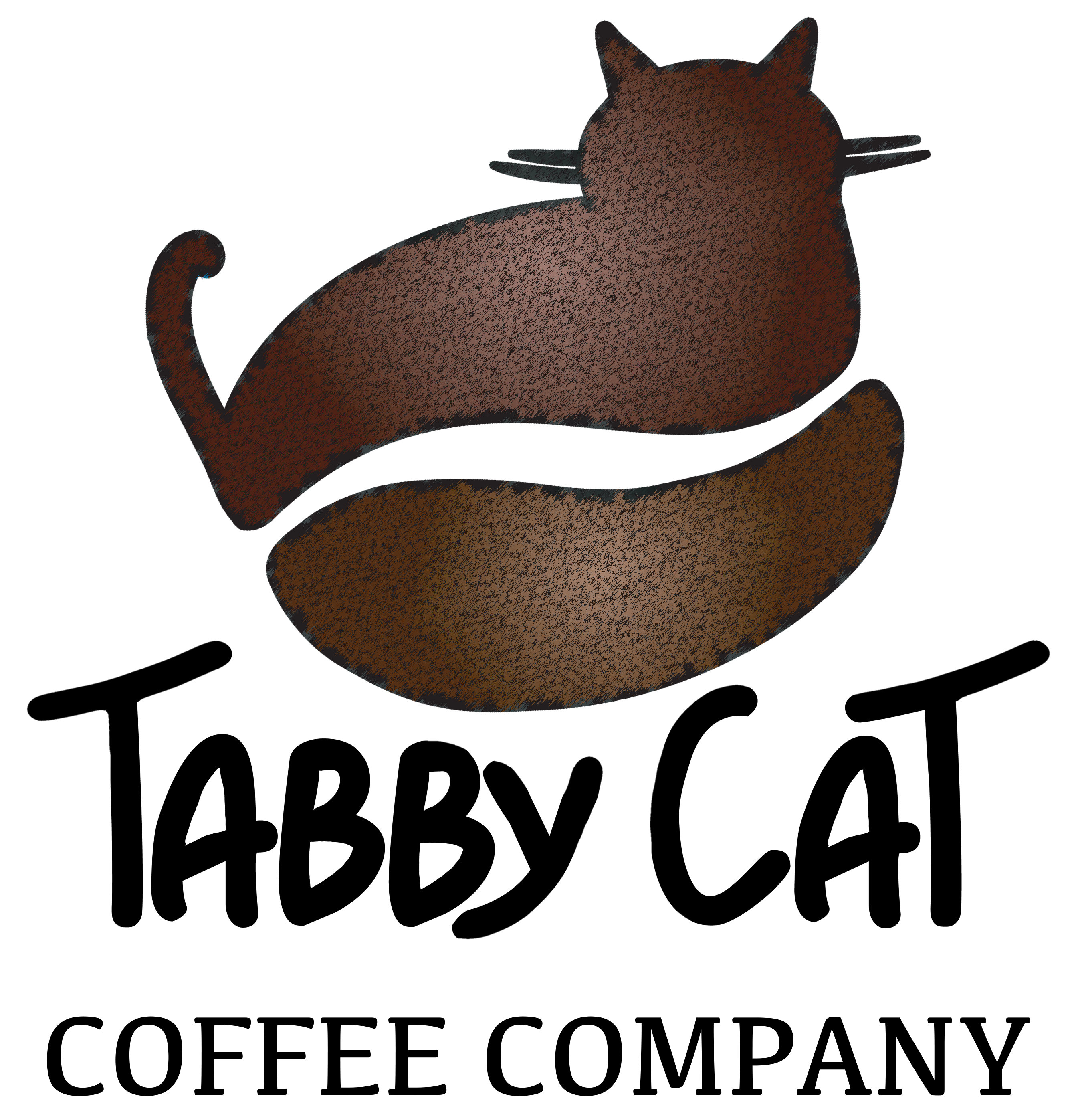I Took In Annie As A Foster Kitten When She Was Just 4 Weeks Old. Her Mother Kept Pushing Her Away So She Needed To Be Bottle-fed. I Bottle- Fed Her For About A Week And Then She Refused The Bottle And Wanted To Eat Cat Food. A Very Tenacious And Independant Little Girl. She Was Growing And Gaining Weight And Becoming A Handful. About That Time The Rescuer That Was Caring For Annie's Mother And Siblings Called To Say That They Had Come Down With Panleukopenia (a Deadly Viral Disese Caused By The Feline Parvo Virus Akin To Distemper In Dogs) And Had All Died. I Told Her That Annie Seemed Fine And She Said For Me To Keep An Eye On Her. A Few Days Later When She Was About 5 Weeks Old She Suddenly Became Very Ill. I Rushed Her To The Vet And She Was Diagnosed With The Dreaded Panlukopenia. As A Foster I Had To Depend On The Rescuer To Allow Her To Be Treated. I Went Home And Mourned The Loss Of Another Kitten. I Had Already Decided I Would Adopt Her. This Virus Is So Deadly I Never Thought She Would Survive. But As I Said Before, She Is One Tenacious Little Girl And She Fought Hard. Within A Week She Was Recovered And I Went To Pick Her Up. She Had To Be Isolated For A Few Weeks As I Had Other Foster Kittens Here. The Next Morning I Went In To Feed Her And Her Back Legs Were Paralyzed. I Called The Rescuer And Got Her Back To The Vet. She Was Then Diagnosed With CH. Not All But Most Kittens Who Contract Panluk Are Left With Some Damage To The Cerebellum That Causes Them Some Difficulty Controlling Their Movement. There Is No Cure For This Condition. Annie Has Gotten Much Better With Exercise. She Now Has The Nickname: Sidewinder. I Have Gone On The Adopt 4 More CH Cats And Kittens. They Have All Stolen My Heart. They Are Very Loving Cats. Pet Parent- Mary
What is Cerebellar Hypoplasia?
A Neurological Disorder
Cerebellar Hypoplasia, also known as CH and wobbly cat syndrome, is a neurological disorder that causes sudden jerky movements, uncoordinated motion and loss of balance. In a CH cat, the brain does not develop properly. This can happen when the pregnant mother has feline panleukopenia virus (feline distemper) and passes the virus along to her unborn offspring. CH is neither contagious nor painful.
* Source: Blue Pearl Vet Hosp.
Three Levels of Severity
There are three levels of CH severity: mild, moderate and severe.
Mild level CH cats require little to no additional care. They may have subtle head tremors when nervous or scared, lose balance occasionally, have the wide “tent” or “A”-like gait but can still do things a normal cat does, such as climb, jump, run and walk.
Moderate CH cats, on the other hand, may have more noticeable head tremors when nervous or afraid or in new situations, have more frequent bouts of falling during walking or standing, have a noticeably exaggerated cerebellar hypoplasia stance and walk, and will often climb using their nails as leverage, instead of jumping.
Cats who are diagnosed as severe will need to have a lot of extra special-needs care. They have almost constant head tremors, cannot stand or walk but a few steps without falling over – even with the splayed “tent”-like stance; most cannot use a litter box, and some need help with eating and drinking. Their living conditions will likely need to be altered for their safety, such as putting non-slip rugs down for ease of walking or to help them pull themselves along with their nails.
The CH diagnosis is typically based on clinical signs. An MRI may show a smaller than normal cerebellum. There is no cure or treatment for CH because it is a lack of development of the brain while the kitten is growing. CH will not affect the lifespan or quality of life of your client’s cat. Clients can still safely spay and/or neuter cats with CH. * Source: Blue Pearl Vet Hosp.
Symptoms of Cerebellar Hypoplasia in Cats
Kittens with cerebellar hypoplasia experience problems with movement and mobility.
If you think your kitten may have this condition, look for neurological problems like the following:
· Wobbling or swaying when walking
· Uncoordinated movements
· Abnormal gait (walking, trotting)
· Tremors
· Overstepping or “goose-walking”
· Difficulty going from a sitting position to standing, or vice versa
The brain damage is permanent but does not get worse with age.
** Source: Pet MD- Cerebellar Hypoplasia in Cats
Sources & More Info
* https://bluepearlvet.com/medical-library-for-dvms/nobodys-purr-fect/
** https://www.petmd.com/cat/conditions/neurological/c_ct_cerebellar_hypoplasia
https://kittencoalition.org/living-the-good-life-with-feline-cerebellar-hypoplasia/
https://vetmed.tamu.edu/news/pet-talk/wobbly-cat-syndrome/
https://www.morrisanimalfoundation.org/article/feline-panleukopenia-deadly-virus-makes-comeback







